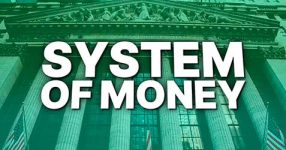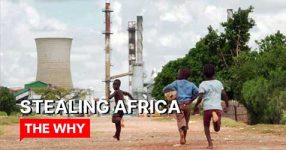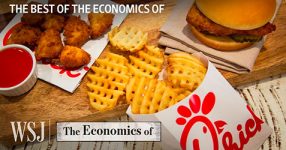The financial world is a complex web of transactions, policies, and cycles that influence our daily lives more than we might realize. In this article, we’ll explore “How the Economic Machine Works,” a concept created by the renowned Ray Dalio. His simple yet profound approach will help demystify the intricacies of the economy and offer insights into the driving forces behind it.
Unveiling the Simplicity:
At first glance, the economy may appear complex, but Ray Dalio’s approach simplifies it to its core components. It’s a well-oiled machine driven by a few elementary elements and countless repetitive transactions. These transactions, primarily dictated by human behavior, set in motion three central forces that propel the economy:
- Productivity Growth: The Foundation of Prosperity
- Productivity growth is the engine behind economic prosperity. It represents the ability to produce more with less effort. As businesses and individuals become more efficient, the economy flourishes. Understanding this factor is vital to comprehend the economic landscape.
- The Short-Term Debt Cycle: Riding the Waves
- Short-term debt cycles are like the waves of the economic sea. They have a profound impact on our lives, affecting employment, investments, and financial well-being. By grasping the dynamics of these cycles, we gain valuable insights into managing economic turbulence.
- The Long-Term Debt Cycle: The Undercurrent of Change
- The long-term debt cycle is the undercurrent of the economic machine. It shapes the trajectory of economies over decades, influencing the behavior of governments, businesses, and individuals. By understanding this component, we can anticipate and navigate major economic shifts.
The Power of Transactions:
Every aspect of the economic system revolves around transactions. People, businesses, corporations, banks, and governments engage in the continuous exchange of money and credit for goods, services, equities, and other assets. The largest player in this vast marketplace is the government, consisting of two critical components:
Central Government: Taxation and Allocation
- The central government plays a pivotal role in collecting taxes and distributing funds. This activity has a direct impact on the financial well-being of individuals and the overall economy.
Central Bank: The Guardian of Money and Credit
- Unlike other players, the central bank wields a unique power – the control of money and credit. By influencing interest rates and creating new money, it governs the flow of credit, a fundamental and often misunderstood element of the economy.
Credit: The Economic Keystone:
Credit is the lifeblood of the economy, and it’s also one of the most enigmatic components. As the largest and most volatile part of the financial system, it deserves our attention. By delving into the dynamics of credit, we can gain a deeper understanding of its influence on economic stability.
Ray Dalio’s “How the Economic Machine Works” provides a valuable perspective on the intricate world of economics. With its emphasis on productivity growth, short-term and long-term debt cycles, and the pivotal role of credit, this framework offers insights into the economic forces that shape our lives. By unraveling the complexity and understanding the power of transactions, we can better navigate the ever-evolving economic landscape.












